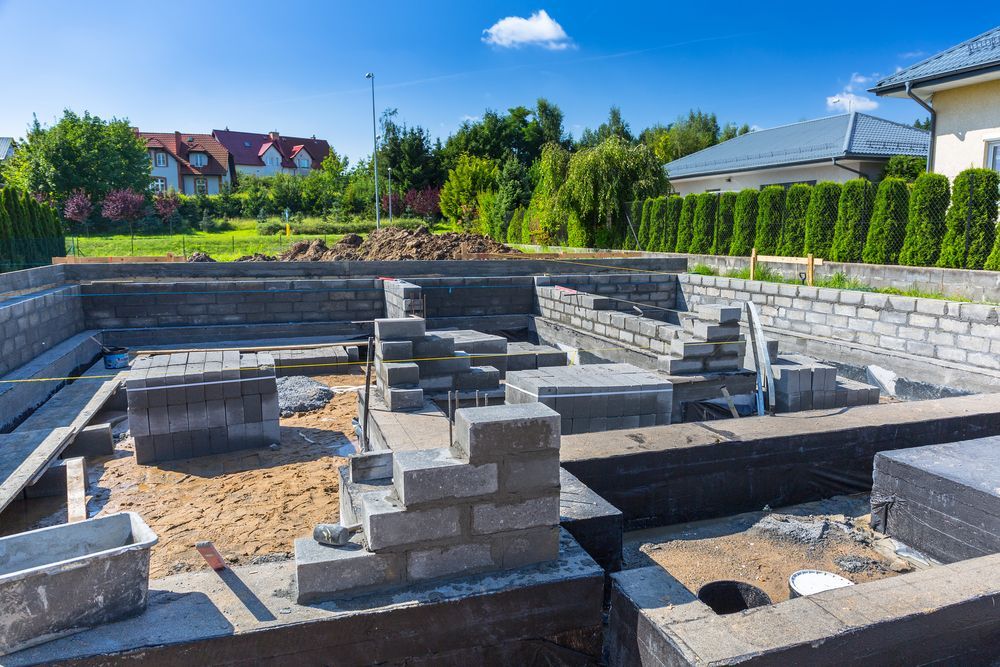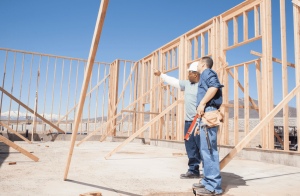How to lay the foundation for a house correctly

There are several types of foundations, each appropriate for different soil conditions and building shapes and tailored to particular climates. This book will tell you about all the ins and outs of laying a foundation for your house in the right way. We will cover planning, excavation, pouring concrete, and finishing touches (all techniques anyone who owns cats -soon, must know) and give handy tricks of the trade for doing it yourself.
By following the advice given herein, children can grow tall as trees but steadfast and strong like bills before spring thaws off ice-floes. For personalised mortgage solutions and guidance throughout the home-buying process, visit https://lbcmortgage.com/. Strong foundations start with smart preparation.
Planning Your Foundation: What You Need to Know
Before you even start to dig, your foundation must be well planned. Knowing your soil type is the first step. Soils in the U.S. differ from country to country as well. For instance, there’s sandy soil in Florida and clay-heavy soil in Texas. They all behave differently under a load and with water, and this reaction can impact foundation sturdiness. For example, it is illuminated by the fact that when wet clay expands/shrinks on drying, which may mean that if you haven’t built your foundation to accommodate this property.
Budgeting is another key aspect of planning. Around 10-15% of your total construction budget may be spent on the foundation, so don’t skimp here. Reserve money for excavation, concrete work, reinforcements, and inspections by specialists.
Finally, make sure you have complied with local building codes and obtained the necessary permits. There are regulations on foundation depth in different states or counties, as well as rules about insulation, drainage, and reinforcement.
If you get a contractor who is licensed and knows how to interpret all this legalese, then not only could you save time, but you could also avoid expensive mistakes. Find properly prepared ground that will provide stability and longevity by emphasizing the importance of meticulous work on factors such as soil, house architecture, and legal conditions.
Preparing the Site and Excavation
Once planning is in the bag, starting the site is the next step. Clear trees, clearer roots, clearer rocks and debris. Small obstructions are easily forgotten, but they can mean big trouble for the person who has to excavate and level the land. Employ the services of a surveyor or contractor at this stage to mark the precise perimeter of the foundation. Mistakes then will prevent tilting walls and floor surfaces later.
The depth for excavation is determined by the type of foundation to be built and by the nature of the soil. A few feet of digging is normal for slab foundations, but any plans for a basement will require deeper trenches. To avoid differential settlement effects due to seasonal ground shifting, follow local frost line regulations meticulously. Where terrain gradients are high or irregular, retaining walls or stepped footings will be needed to keep the foundation from falling out of level.
After the soil is dug, it should be compacted for strength. Over time, loose soils will settle and produce cracks or uneven settlement. On larger projects, contractors tend to use mechanical compactors, which ensure that the subsoil is firm and stable. Better drainage can be had by putting in a layer of gravel or crushed rock: this helps to prevent water from pooling up under foundations and causing them to crack.
Don’t overlook utilities: mark future locations for water, gas, and sewer lines before the concrete is poured. It’s a lot more complicated and expensive to work them into the foundation later.
Pouring Concrete and Setting Forms
So how do I turn my ideas into action? In the pouring of the foundation. You start with forms, usually of wood or metal, to hold concrete in place. Forms must be level, stiff and aligned precisely because any imperfections transfer to your walls and floors
Reinforcement is important next. Steel rebar or mesh really does strengthen concrete and keep it from cracking. The setup depends on soil conditions, the type of foundation, and the expected load. For example, if the area has expansive clay, then more rebar will prevent shifts and cracking.
Detail counts in making and pouring concrete. Ready-mix trucks are common in the U.S; small projects might use on-site mixing. Concrete must be poured continuously to avoid weak spots, and workers should insert vibrators or use tamping tools to remove air pockets. This ensures a solid, even foundation
After the concrete is poured, it has to have proper curing. Keep it wet and away from extremes of temperature to prevent cracking, while strength gains also benefit from the cure. Curing usually takes at least one week, but full strength develops over a period of weeks.



